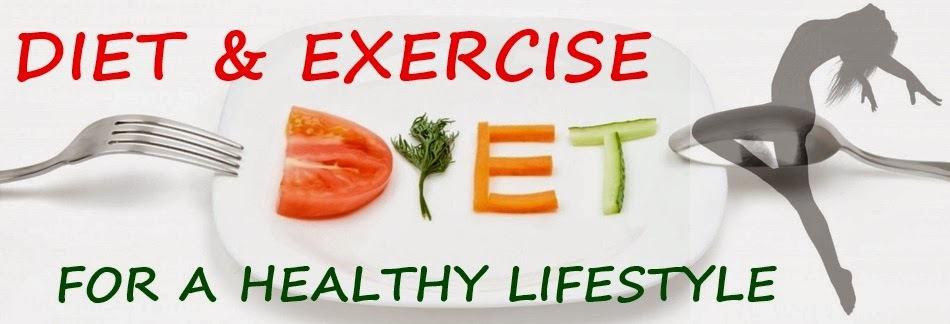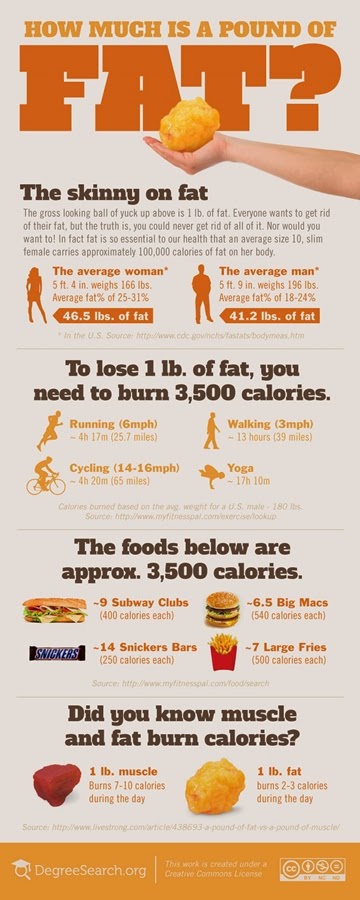Provocative new research ties high Facebook use to an increased risk of eating disorders.
Florida State University investigators studied a group of college women and found that more time on Facebook was associated with higher levels of disordered eating. The research, published in the International Journal of Eating Disorders, is believed to be the first of its kind to prove that time spent on the social media website reinforces women’s concerns about weight and shape, and can lead to increased anxiety.
“Facebook provides a fun way to stay connected with friends, but it also presents women with a new medium through which they are confronted by a thin ideal that impacts their risk for eating disorders,” said lead study author and psychology professor Pamela Keel in a statement.
The study
Keel, along with co-authors Annalise Mabe and K. Jean Forney, studied 960 female college students.
These women were evaluated on the time they spent on Facebook, how important they considered ‘likes’ to be and whether or not they ‘untagged’ photos of themselves.
‘Over 95% of college women in our study use Facebook, and those with Facebook accounts described typically spending 20 minutes on the site during each visit, amounting to over an hour on the site each day,’ said Dr Pamela Keel.
Dr Keel found that the women who spent the most time on Facebook had the highest levels of body image problems and were the most likely to have an eating disorder.
‘This causal link is important because anxiety and body image concerns both increase risk for developing eating disorders,’ Dr Keel stated. She added: ‘Facebook merges powerful peer influences with broader societal messages that focus on the importance of women's appearance into a single platform that women carry with them throughout the day’.
‘As researchers and clinicians attempt to understand and address risk factors for eating disorders, greater attention is needed to the emerging role of social media in young people's lives.’These women were also more likely to view receiving comments and ‘likes’ on status updates as important, frequently they ‘untagged’ pictures of themselves and compared their photos to those of friends. ‘In examining the immediate consequences of Facebook use, we found that 20 minutes of Facebook use contributed to maintenance of higher weight and shape concerns and anxiety compared to a control internet condition’.
Bottom line
Researchers have long recognized the powerful impact of peer/social influences and traditional media on the risk for eating disorders. Facebook combines those factors.
“Now it’s not the case that the only place you’re seeing thin and idealized images of women in bathing suits is on magazine covers,” Keel said. “Now your friends are posting carefully curated photos of themselves on their Facebook page that you’re being exposed to constantly. It represents a very unique merging of two things that we already knew could increase risk for eating disorders.”
The research is important because it may lead to interventions to reduce risk factors for eating disorders, which are among the most serious forms of mental illness.
“Eating disorders are associated with the highest rates of mortality of any psychiatric illness,” Keel said. “They are associated with high rates of chronicity — they’re not things that women necessarily grow out of. We know that peer factors have a significant influence, so understanding when and how peers do things that are unhelpful to one another gives us an important opportunity to protect and prevent.”
Ironically, Facebook may be one of the best ways to employ intervention strategies, such as encouraging women to put a stop to so-called “fat talk.”
“That’s when women get together and engage in negative commentary, usually about their own body, and it gets reinforced because it’s a way women bond with one another and they get reassurance — ‘Oh, no, you don’t look fat. Look at me,’” she said.
“It’s bad for women because it reinforces how important it is to be thin and reinforces really negative talk about the self.”
Her advice to young women?
“Consider what it is you are pursuing when you post on Facebook,” she said. “Try to remember that you are a whole person and not an object, so don’t display yourself as a commodity that then can be approved or not approved.”
Sources: http://www.ahchealthenews.com/, http://psychcentral.com/news/, http://www.dailymail.co.uk/






























